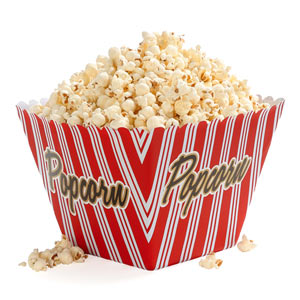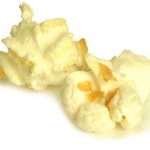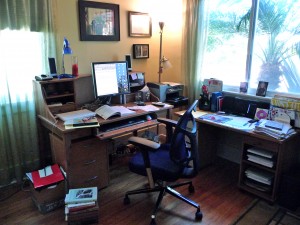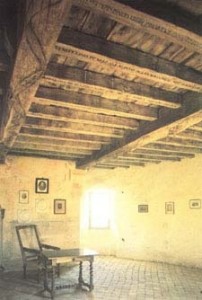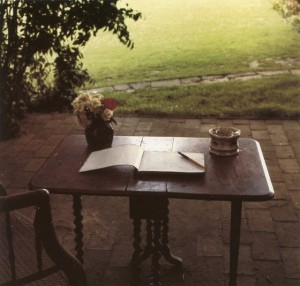One late Friday night not long ago, when I was preparing a manuscript for a group, or prepping a presentation for a workshop, or meeting some kind of a deadline that loomed like a tsunami on Saturday morning’s horizon, a friend called to check in on me.
“What’d you have for dinner?” he asked. He’s a man who knows about such things as cooking salmon in parchment and layering seared scallops atop little houses of shaved carrots, sprinkling the whole thing with 10-year-old Balsamic vinegar.
He laughed. It sounded derisive, like a snort. “That’s like filling up on air.”
I was glad I hadn’t mentioned the M&Ms.
But his point was taken. Eating popcorn for dinner is a lot like reading a book or story or article that has no depth. It may fill my stomach (or my time), but not with anything of substance or anything that will nourish my life.
How can writing be like popcorn? (Warning: Mixed metaphors ahead.)
Sometimes a writer skates on top of a subject. Or tap-dances around the edges. The writing is glib and clever and absolutely without a trace of depth. After you’ve read it, you feel like you’ve just eaten a bag of popcorn—filled with air. You didn’t get to know the characters, so you didn’t care about them. You didn’t get lost in the story or caught up in any drama. You didn’t get taken to your own depths. So what? you might say when you finish . . . if you finish. Disappointment is what you’re left with. Like the old song, Is that all there is?
What can get in the way of “going deeper” in your writing?
For starters:
- Being in a hurry to finish
- Knowing the end or what happens next, so there are no surprises (You know what they say, No surprises for the writer, no surprises for the reader.)
- Afraid of boring the reader (who cares about all that?)
- Or the writer herself is bored (I don’t care about all that.)
- Afraid of opening a whole can of worms (if I go there, then I might have to go there. If I write this, it means I have to change that.)
Then there are the fears:
- Fear of exposure
- Fear of what might be discovered or revealed
- Fear of discovering there’s nothing there. That you don’t have a deep place. (Oh, but you do. you do.)
- Fear of being lost
- Fear of being vulnerable
- Fear of losing control
- Fear of taking risks
- Fear of telling secrets
- Fear of “falling in” and not being able to get out
- Fear of feeling the feelings
- Fear of surrendering to the page
- Fear of the stillness
- Not trusting your intuition
- Not trusting the process
- Not trusting your own writer’s voice
- Not trusting the reader
- Not focused
- Not paying attention
- Not listening (to the story or the characters)
- Not able to be still
There may be some characteristics that show up in life as well as writing:
- Lack of curiosity
- Dishonesty, intentional or otherwise
- “Settling” (that’s good enough)
- Lack of passion
- Lack of commitment
Cynthia Ozick said, “If we had to say what writing is, we would define it essentially as an act of courage.”
Besides courage, it takes time and patience and caring to go deeper in your writing. Be a courageous writer.
P.S. My favorite way of eating popcorn is mixing in a handful of M&Ms when the popcorn is still warm. Yum yum. More popcorn recipes

